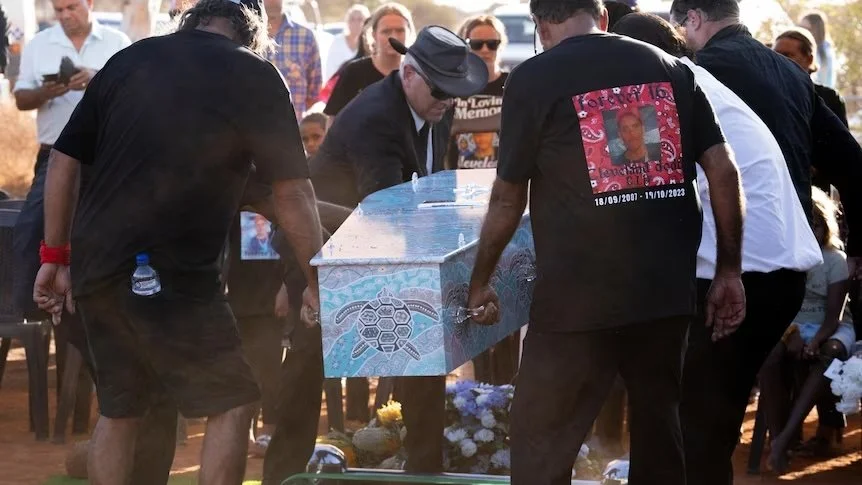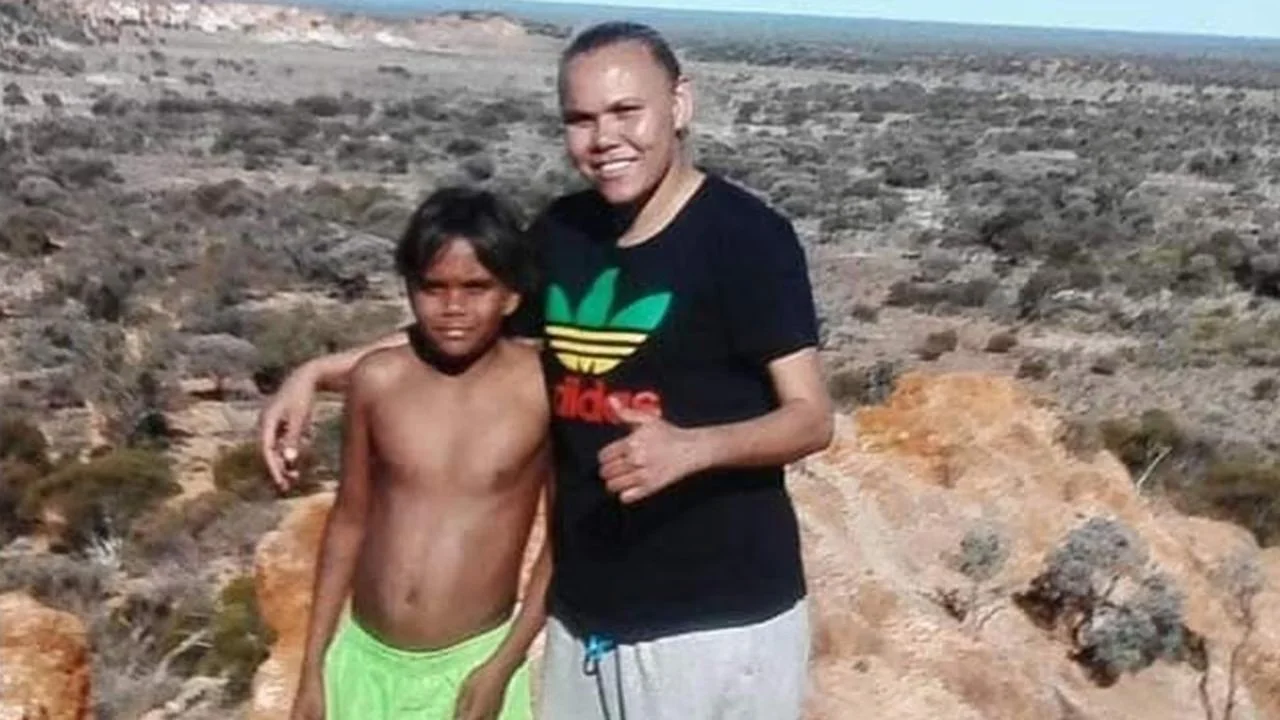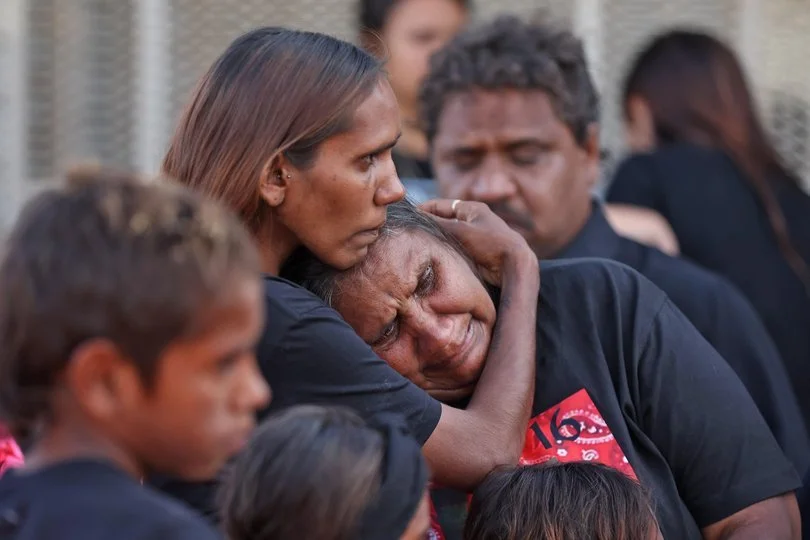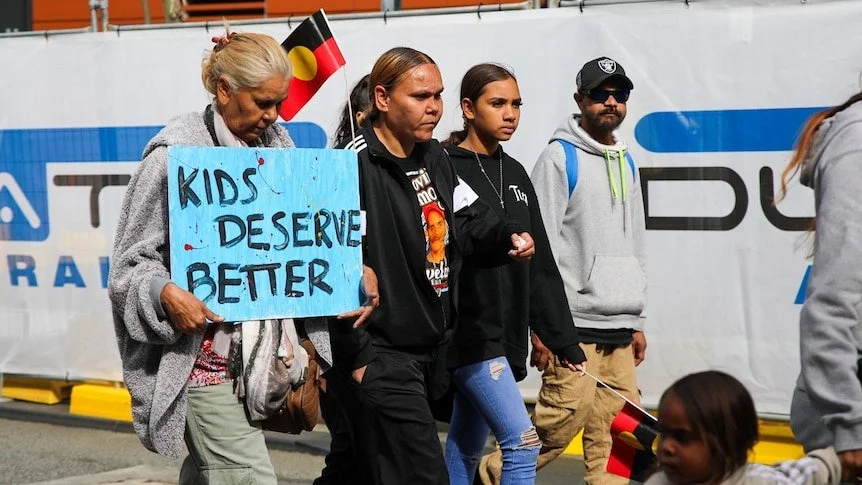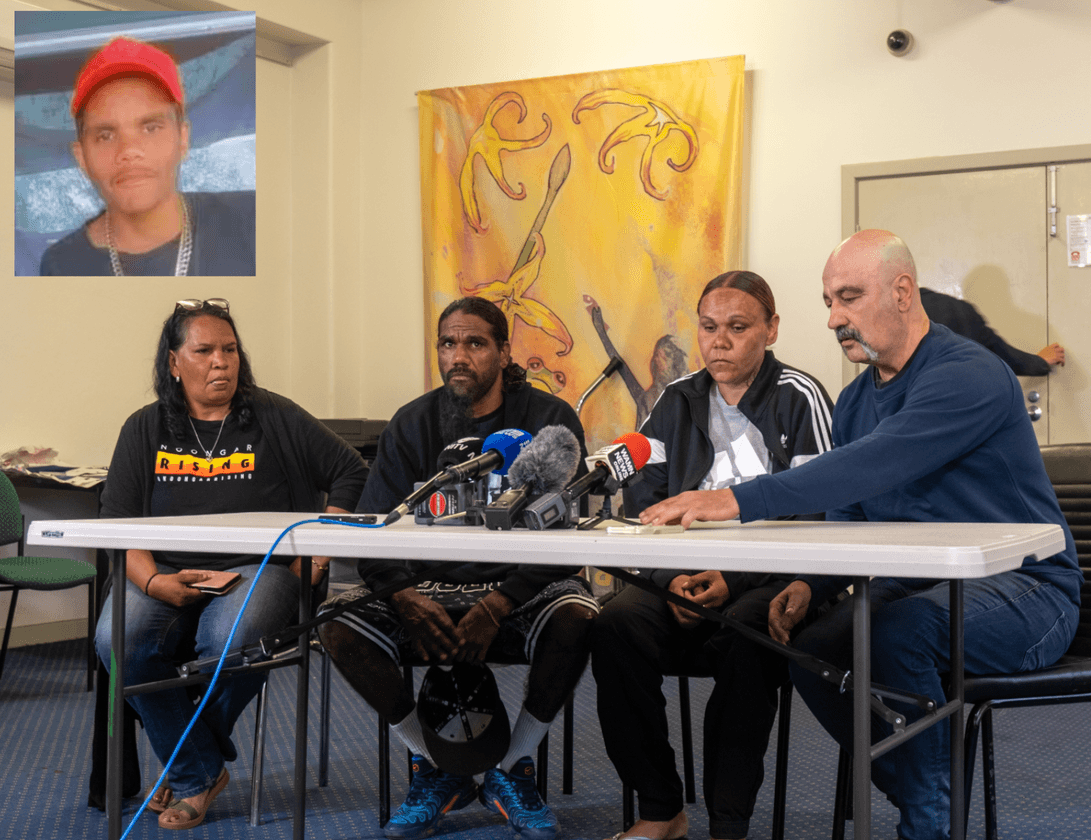GERRY GEORGATOS ON THE LIFE OF CLEVELAND DODD: NOT A HEADLINE, A HUMAN
By Marli Ryan
This article discusses the death of a First Nations young person and includes references to grief, trauma, and the impacts of the justice system. The content may be distressing for some readers.
From the rust-red plains of WA, a 16-year-old boy sketched a tortoise in beautiful blue hues. Weeks later, that same boy, Cleveland Dodd, lay unresponsive inside a cell built for adult men. His story, now captured in a new book by Gerry Georgatos, is one his mother wanted the nation to remember not as a headline, but as her son.
When the phone rang early that October morning, Gerry Georgatos already knew what it meant.
He said, “I was called dramatically at seven in the morning, I was told a boy has died in Banksia, a boy is dying in Unit 18.”
He was just sixteen years old, a Yamatji boy from Kalgoorlie who loved painting, playing guitar, collecting firewood with Elders, and helping people less fortunate than himself.
After a self-harm incident in Unit 18, the youth wing inside Casuarina’s adult maximum-security prison. Clevland Dodd was rushed to ICU where he spent his final days surrounded by family.
Mr Georgatos said, “He was a creative boy, a boy of the desert; he loved the red earth, the trickle of sand under his feet, the riddles of the desert.”
For seven days, Cleveland’s family kept vigil while he was on life support. Gerry was with them when he took his last breath.
He said, “At 10.14 p.m. on October 19, he passed his last breath. I had called Roger Cook and asked him to have Cleveland’s father unshackled so he could hug his child’s unresponsive body. I texted Roger after he had passed,”
“The parents collapsed on his body; they all forged as one. That’s a memory that will never leave me.”
Child of the Desert Sunrise
Mr Georgatas’ new book, Child of the Desert Sunrise, was written alongside Cleveland’s mother, Nadene, drawn from nearly 300 conversations across Laverton, Kalgoorlie, Meekatharra and Geraldton.
He said, “She wanted the memory of him other than what’s come through the media; she wanted questions raised and burning questions attacked about what went so drastically wrong that the boy she expected would come back to her didn’t.”
The stories Cleveland’s mother shared show a child who cared deeply for others. Cleveland was artistic and bright, a merit-based student who teachers believed would go far. He loved his younger siblings, his music, and the desert he called home.
Mr Georgatas said, “The last artwork we got out of Unit 18 was wrapped around his coffin, a turtle painted in aqua blue. He was lowered into Meekatharra with his own artwork on it. It was beautiful, and it was heartbreaking.”
“The problem is the carceral state”
He is clear-eyed about what he believes went wrong.
Cleveland spent 86 days in Unit 18, 75 of them in isolation for 23 hours a day.
Mr Georgatas called Unit 18 “infrastructure of doom.”
He said, “The problem is not black kids or brown kids, the problem is the carceral state. We’ve got 17 juvenile prisons and 115 adult prisons, 132 all up. They’re non-transformative, non-empathetic, punitive, not restorative. They use buzzwords like ‘rehabilitation’, but if it worked, Cleveland would be alive.”
He said the system itself sets children up to fail.
“Seventy per cent of kids from Banksia go to adult prison within the first year after turning 18, at Unit 18, it’s 100 per cent except Cleveland, who suffered a greater tragedy than all.”
Mr Georgatas believes change must happen immediately, not through years of policy reform.
He said, “What’s going to work will work from the first day. This myth that it takes months to change just means it’s not going to work. Close Unit 18. If we can’t help twelve kids at a time, we don’t know what we’re doing.”
Australia could learn much from the Nordic approach to youth justice, which emphasises rehabilitation rather than punishment.
He explained, “The Nordic models work, Norway, Finland, Scandinavia, Denmark, and the Dutch have actually closed 23 prisons in the last seven years and transformed them into psychosocial facilities and places of education, nurture, support, mentoring, and all that.”
He points to Norway’s success in reducing reoffending.
“90% of children in Norway who offend once do not offend again. 90% of children in Western Australia who offend once, twice, three times, will offend again.”
Mr Georgatas said leaders should see these systems firsthand.
“They should get on a plane… go to Oslo, go to Norway, go to its justice departments, see these prisons, how they work.”
He believes adopting similar models could “validate lives and change lives” by turning detention centres into “bastions of love, care and education rather than punishment.”
Mr Georgatas' answer is simple: nurture, expertise and community.
He said, “You’ve got to have one-on-one care, you can’t just have guards pretending to be mentors. You need people with fieldwork experience, people with love.”
He’s seen it work. In 2020, during the COVID lockdown, Mr Georgatas was seconded to Banksia Hill.
“In eight weeks, we de-escalated 100 per cent of incidents, we had harmony, we had peace. I refused to sit in the office; I worked in the compounds, in the cages, every day. That’s how you do it. You listen to them.” He said.
A class issue, not a race issue
He explained, “This isn’t just a black problem, nearly 100 per cent of First Peoples in WA prisons haven’t finished Year 12. 86% of the whole prison population are the crushing poor, black, brown and white. The citizens of this nation have created that poverty.”
He said over 100 former Banksia Hill detainees have taken their own lives within a year of release since 1997. A class action with more than 2,000 plaintiffs is now before the Federal Court.
“We talk about human rights, but we don’t live them; it’s all talk, and the people suffering the most are those who can’t vote, don’t have a voice, don’t have money. That’s who fills our prisons.”
Honouring Cleveland’s spirit
All proceeds from Child of the Desert Sunrise will fund Cleveland’s headstone and a trust for his siblings’ education. He said that’s what matters most.
“I’ve never worried about money; what matters is that these kids get schooling, that they get opportunities. They’ve got to navigate two cultural settings, the mainstream and their own living culture. We owe them the support to do that.”
Mr Georgatas typed the book with one finger after parkinson’s disease made writing difficult.
“I’m 63 and I’ve fought 50 years for justice. I typed this with one finger because it had to be done. My bias is for Cleveland and his memory. My anger, even though I forgive, is that I need people to take responsibility for what they did and what they didn’t do.”
He wants individual and systemic accountability, including for falsified welfare checklists, not just new titles over the same culture.
A call to conscience
He said the kids don’t heal in cages; they heal in community.
“If we can’t get that right for twelve children, we don’t know what we’re doing,”
In the desert painting that became Cleveland’s farewell, the turtle moves toward sunrise steady, unbroken, and homeward bound.
For Gerry Georgatos and Cleveland’s family, that image now carries a message that goes beyond one boy’s life.
It’s a call to a country still learning how to bring its children home.
If you or someone you know needs support, please get in touch with Lifeline on 13 11 14, Beyond Blue on 1300 22 4636, or 13YARN on 13 92 76 for culturally safe support.



